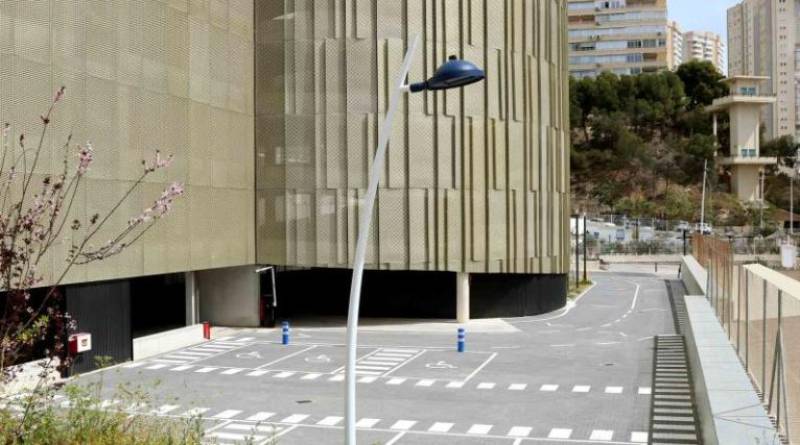

Guidelines for submitting articles to San Pedro del Pinatar Today
Hello, and thank you for choosing San Pedro del Pinatar.Today to publicise your organisation’s info or event.
San Pedro del Pinatar Today is a website set up by Murcia Today specifically for residents of the urbanisation in Southwest Murcia, providing news and information on what’s happening in the local area, which is the largest English-speaking expat area in the Region of Murcia.
When submitting text to be included on San Pedro del Pinatar Today, please abide by the following guidelines so we can upload your article as swiftly as possible:
Send an email to editor@spaintodayonline.com or contact@murciatoday.com
Attach the information in a Word Document or Google Doc
Include all relevant points, including:
Who is the organisation running the event?
Where is it happening?
When?
How much does it cost?
Is it necessary to book beforehand, or can people just show up on the day?
…but try not to exceed 300 words
Also attach a photo to illustrate your article, no more than 100kb

PHOTOS: Fluffy baby flamingos hatch in Torrevieja
If you need something to brighten your day, check out the adorable new additions to La Mata’s salt lakes in Torrevieja
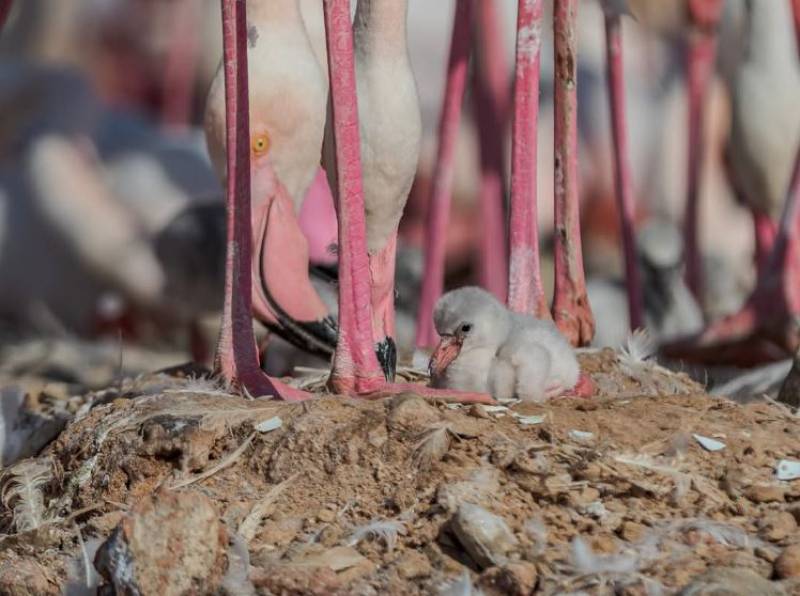
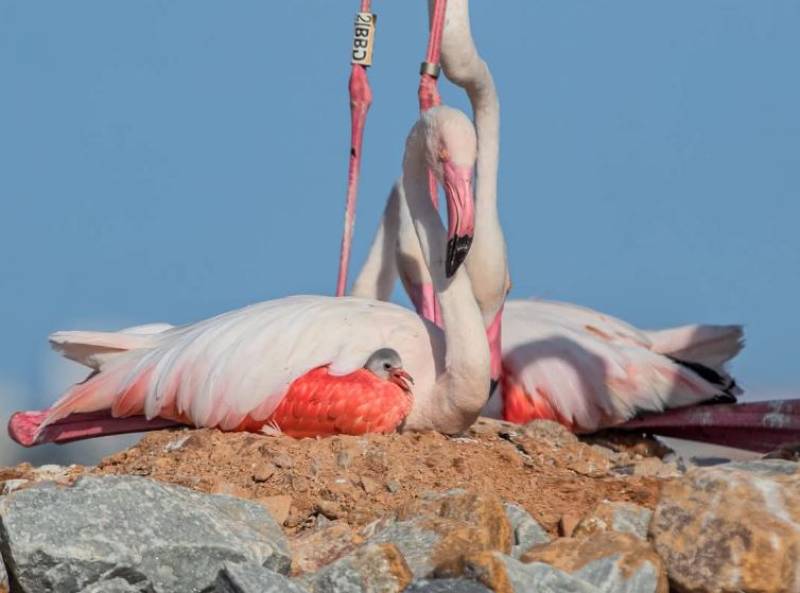 It’s not every day you can say that flamingos are born in your hometown. Yet in Torrevieja, this is becoming a beautiful tradition. Once known mainly for its salt industry, the lagoon has quietly transformed into something else entirely: a sanctuary, one of the few places in the Valencian Community where greater flamingos breed successfully.
It’s not every day you can say that flamingos are born in your hometown. Yet in Torrevieja, this is becoming a beautiful tradition. Once known mainly for its salt industry, the lagoon has quietly transformed into something else entirely: a sanctuary, one of the few places in the Valencian Community where greater flamingos breed successfully.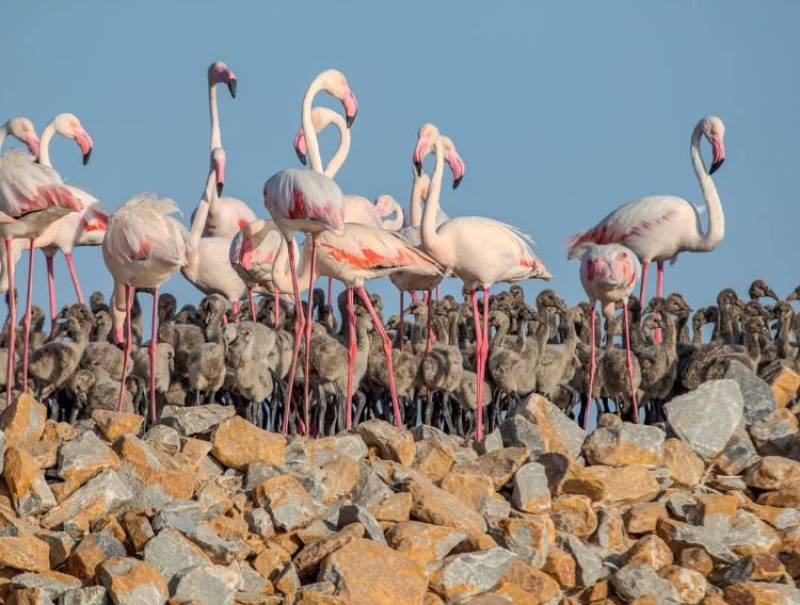 The chicks begin their lives as soft grey bundles of fluff that resemble stuffed toys. But over time, with a diet rich in carotenoids, the same pigments that give carrots their colour, their feathers gradually turn pink.
The chicks begin their lives as soft grey bundles of fluff that resemble stuffed toys. But over time, with a diet rich in carotenoids, the same pigments that give carrots their colour, their feathers gradually turn pink.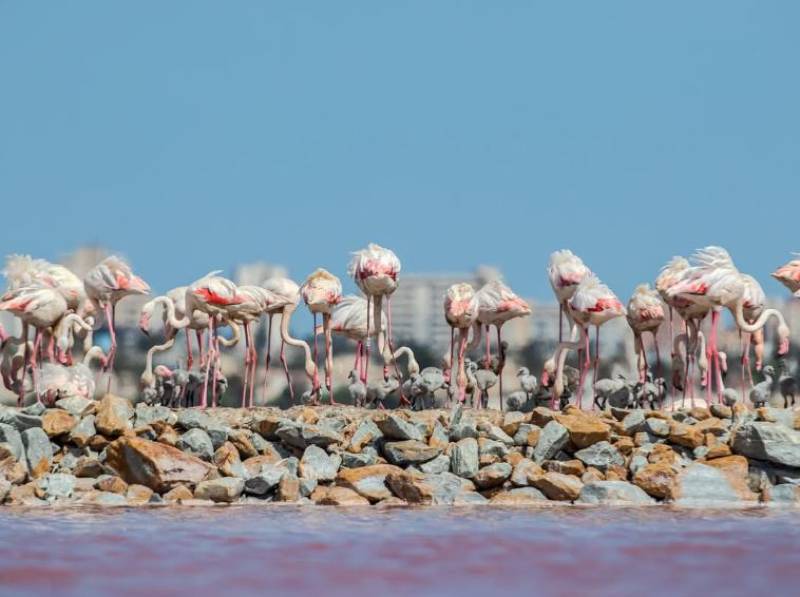 And it’s not just the flamingos who benefit. This quiet success is also helping to grow nature tourism in the area. Birdwatchers, photographers and curious visitors are drawn to the lagoon, hoping to catch a glimpse of the chicks from a respectful distance.
And it’s not just the flamingos who benefit. This quiet success is also helping to grow nature tourism in the area. Birdwatchers, photographers and curious visitors are drawn to the lagoon, hoping to catch a glimpse of the chicks from a respectful distance.See more news about animals in Spain:
OR
Sign up for the Spanish News Today Editors Roundup Weekly Bulletin to get a comprehensive email with all the week’s news for Spain, Murcia, Alicante and Andalucía.
Get a sneak peek – here are a few of our recent Subscription Bulletins:
Discount Special Offer subscription:
36.95€ for 48 Editor’s Weekly News Roundup bulletins!
Please CLICK THE BUTTON to subscribe.












